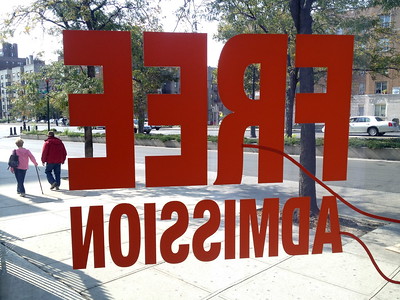Earlier today, First Lady Jill Biden made a somber announcement that her vision of “free community college” is dead. Free community college was one of the cornerstones of the Biden Administration’s Build Back Better plan. While there will be no line item in the federal budget for community college tuition, free community college is – as it has always been – very much alive.
Short of a full-ride scholarship, a community college degree is probably the least expensive way to acquire a college degree. Students who come from low-income households are eligible for Pell Grants, which can cover the full cost of a community college degree. In 2022-23, the maximum Pell Grant will be $6,4595 for the entire year (July 1-June 30).
To obtain a Pell Grant, a prospective student need only complete the Free Application for Federal Student Aid (FAFSA). The Pell Grant is means-tested, which means that if you qualify based on income, the grant is yours. There is a limit to the number of semesters you can receive a Pell Grant, so students need to plan their academic ventures carefully.
A Pell Grant isn’t the only aid that the FAFSA opens up. A completed FAFSA is also the key to receiving state and local scholarships and grants. But many students don’t file a FAFSA form, often because they mistakenly believe their household income is too high to receive aid. In other cases, dependent students cannot convince their parents to complete the aid application.
Additionally, a high proportion of first-generation college students simply don’t know how to seek financial assistance. In 2015, nearly $3B in federal higher education grants went unused because nearly half of high school seniors that year did not complete the FAFSA.
Private scholarships can also create free community college opportunities
Private scholarships and grants to the tune of $7.5B per year are also available. Nearly 2 million private scholarship programs offer grant aid to students. Private donors can distribute scholarships based on either need or merit. Additionally, they can use any other qualifications.
Applicants may have more difficulty finding and applying for private scholarships. They have their own application processes, they’re not guaranteed, and they may not be easy to discover. Nonetheless, more than 350,000 private scholarships dedicated to community college applicants are available.
The average private community college scholarship is nearly $3,000. Another potential downside of private scholarships is that the IRS may consider them taxable, depending on how a student uses them. Scholarships funds that pay for tuition, books, fees, and other “direct” expenses are generally tax-free for undergraduate students. Monies used to pay for living expenses, however, may incur income taxes.
The real question is not, When is the government going to offer free community college? It is, When are community colleges going to start helping their students maximize the financial aid resources already available to them?
Photo Credit: Jason Eppink , via Flickr








